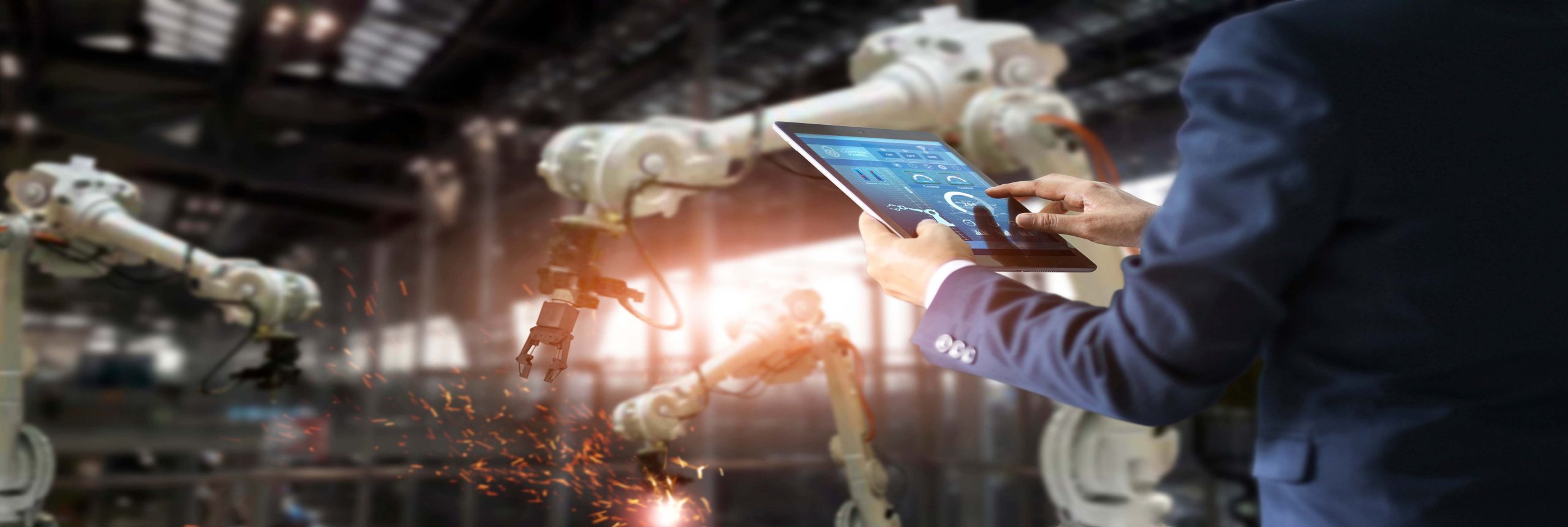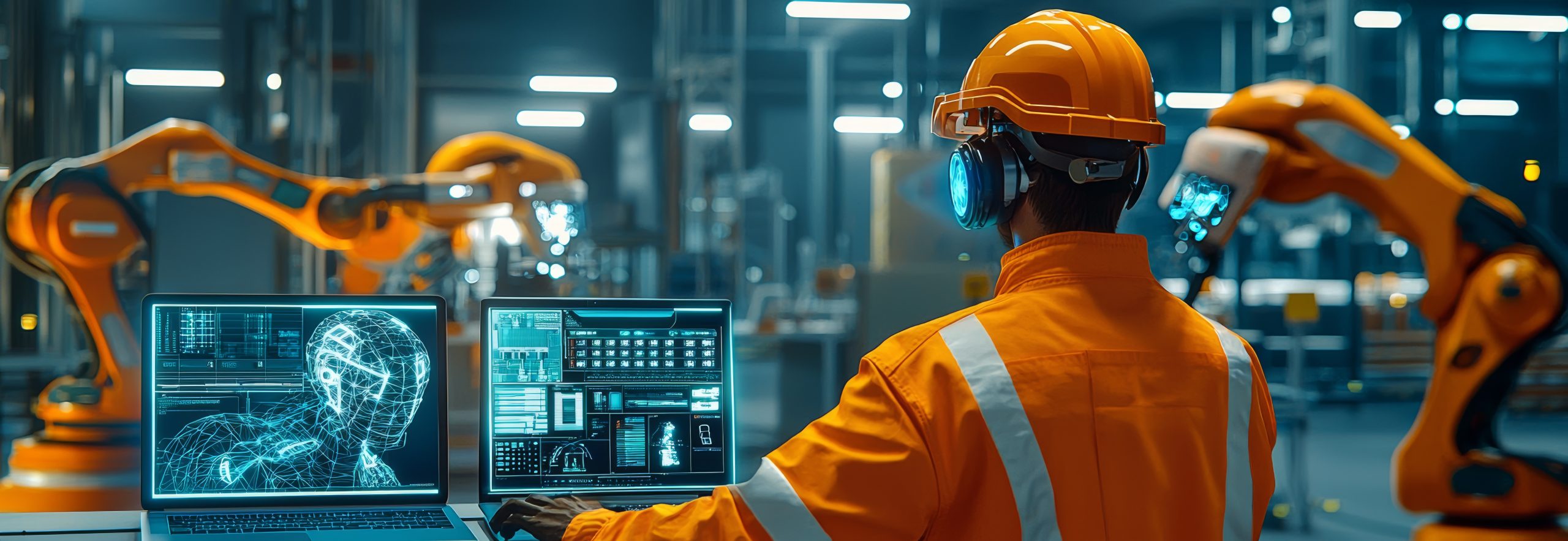The manufacturing landscape is evolving at an unprecedented pace. The days of purely manual processes and isolated systems are fading, replaced by a new era of interconnectedness, automation, and intelligence. This is Industry 4.0, and for manufacturers looking to not just survive but thrive, embracing this revolution is no longer a luxury – it’s a necessity.
Imagine a factory where machines communicate seamlessly, production is optimized in real-time, and predictive maintenance prevents costly downtime before it even occurs. This isn’t science fiction; it’s the reality achievable by integrating a modern ERP system like Microsoft Dynamics 365 Finance and Operations, the power of the Internet of Things (IoT) with accessible tools like the Raspberry Pi, and the transformative capabilities of Artificial Intelligence (AI), particularly through platforms like Microsoft Fabric.
Why Now? The Urgency of Industry 4.0
The pressures on modern manufacturing are immense:
- Increasing Customer Demands: Consumers expect personalized products, faster delivery times, and greater transparency.
- Global Competition: Staying ahead requires constant innovation, efficiency improvements, and cost optimization.
- Supply Chain Volatility: Disruptions are becoming more frequent, demanding agile and resilient operations.
- Skilled Labor Shortages: Automation and intelligent systems can help bridge the gap and empower existing workforces.
Ignoring these trends is a recipe for stagnation. Embracing Industry 4.0 offers a pathway to:
- Enhanced Efficiency: Optimize production processes, reduce waste, and improve resource utilization.
- Improved Agility: Respond quickly to changing market demands and adapt production schedules in real-time.
- Data-Driven Decisions: Gain unprecedented insights into your operations, enabling informed strategic choices.
- Predictive Capabilities: Anticipate potential issues like equipment failures and quality defects before they impact production.
- New Revenue Streams: Offer customized products, value-added services, and data-driven insights to customers.
The Power Trio: ERP, IoT, and AI Working Together
The magic truly happens when these three powerful elements converge:
1. Microsoft Dynamics 365 Finance and Operations: Your Intelligent Core
A modern ERP system like Dynamics 365 F&O acts as the central nervous system for your manufacturing operations. It integrates data from across your business – from finance and supply chain to production and sales – providing a single source of truth. But it’s more than just a data repository. Dynamics 365 F&O offers:
- Real-time Visibility: Gain a comprehensive overview of your entire manufacturing process, from raw materials to finished goods.
- Advanced Planning and Scheduling: Optimize production schedules, manage capacity effectively, and respond dynamically to changes.
- Integrated Quality Management: Monitor quality throughout the production lifecycle, identify potential issues early, and ensure consistent product standards.
- Supply Chain Optimization: Streamline procurement, manage inventory effectively, and collaborate seamlessly with suppliers and partners.
2. IoT with Raspberry Pi: Sensing the Pulse of Your Operations
The Internet of Things connects your physical assets – machines, sensors, and even your products – to the digital world. Affordable and versatile devices like the Raspberry Pi make IoT adoption accessible for manufacturers of all sizes. Imagine:
- Real-time Machine Monitoring: Track machine performance, temperature, vibration, and energy consumption to identify anomalies and predict potential failures.
- Environmental Sensing: Monitor temperature, humidity, and other environmental factors within your facility to optimize conditions and ensure product quality.
- Automated Data Collection: Eliminate manual data entry and gain accurate, real-time insights into your production processes.
- Remote Monitoring and Control: Access critical operational data and even control certain processes remotely, improving responsiveness and reducing the need for on-site presence.
3. AI and Microsoft Fabric: Unlocking Hidden Insights and Driving Automation
This is where the true transformation takes place. Integrating AI, particularly through a comprehensive data analytics platform like Microsoft Fabric, allows you to:
- Analyze Massive Datasets: Combine the wealth of data generated by your ERP and IoT devices to identify trends, patterns, and correlations that would be impossible to spot manually.
- Predictive Maintenance: Use AI algorithms to analyze machine sensor data and predict when equipment is likely to fail, allowing for proactive maintenance and minimizing costly downtime.
- Quality Anomaly Detection: Train AI models to identify subtle deviations in product quality based on sensor data and visual inspections, leading to early detection and reduced defects.
- Demand Forecasting: Leverage AI to analyze historical sales data, market trends, and even social media sentiment to generate more accurate demand forecasts, optimizing production planning and inventory levels.
- Process Optimization: Use AI to identify bottlenecks and inefficiencies in your production processes and recommend data-driven solutions for improvement.
- Automated Decision-Making: Implement AI-powered workflows to automate routine tasks, optimize resource allocation, and even make autonomous adjustments to production parameters.
The Modern Manufacturing Evolution: Seeing is Believing
By strategically combining these technologies, you’ll witness a profound evolution in your manufacturing operations:
- From Reactive to Proactive: Moving from fixing problems after they occur to predicting and preventing them.
- From Data Silos to Integrated Insights: Breaking down information barriers and gaining a holistic view of your business.
- From Manual Processes to Intelligent Automation: Automating repetitive tasks and empowering your workforce to focus on higher-value activities.
- From Guesswork to Data-Driven Decisions: Making informed choices based on real-time insights and predictive analytics.
- From Static Operations to Dynamic Adaptation: Responding quickly and effectively to changing market demands and unforeseen disruptions.
The Journey Begins Now
The transition to Industry 4.0 is a journey, not a destination. It requires a strategic vision, a willingness to embrace new technologies, and a commitment to continuous improvement. By leveraging the power of modern ERP systems like Microsoft Dynamics 365 Finance and Operations, the accessibility of IoT with tools like Raspberry Pi, and the transformative potential of AI with platforms like Microsoft Fabric, you can unlock a new era of efficiency, agility, and innovation in your manufacturing operations.
Don’t get left behind. Step into the future of manufacturing and witness the evolution unfold before your eyes.




